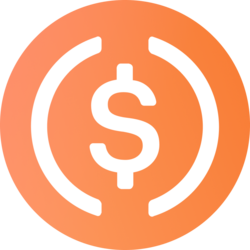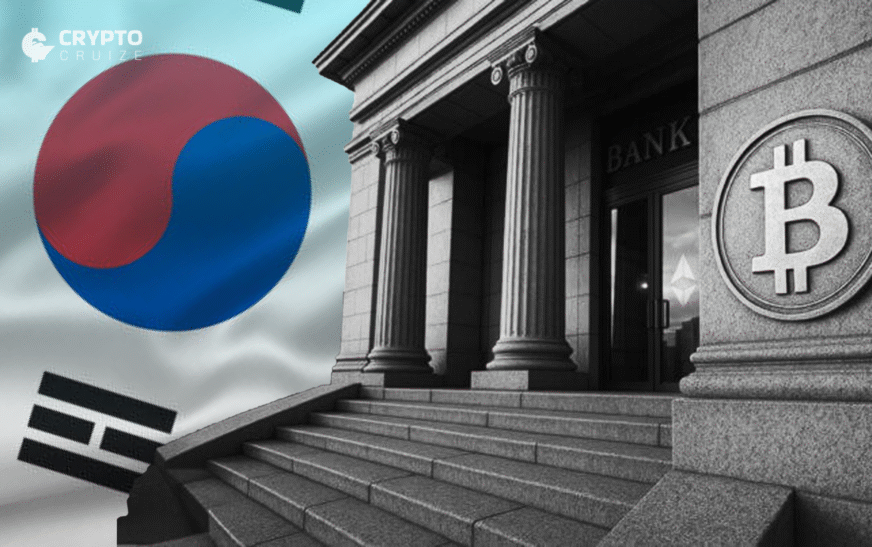Eight leading banks in South Korea are collaborating to launch a stablecoin pegged to the Korean won, a move aimed at curbing the dominance of US dollar-backed digital assets and positioning the country at the forefront of global digital finance.
The project, supported by both the private sector and regulatory bodies, is expected to launch in late 2025 or early 2026. It marks a pivotal shift in South Korea’s traditional banking sector toward adopting blockchain-based digital assets.
Major Banks Join Forces for Stablecoin Development
According to a report by Econovill, the consortium includes KB Kookmin Bank, Shinhan Bank, Woori Bank, Nonghyup Bank, Korea Development Bank (KDB), Suhyup Bank, Citi Korea, and SC First Bank. These institutions will jointly develop and issue the won-pegged stablecoin, marking a significant step in bridging traditional finance with decentralised technologies.
The project aims to address growing concerns over the global rise of dollar-pegged stablecoins. Current data from RWA.xyz shows the stablecoin market is valued at over $239 billion, with 99% of that figure tied to the US dollar. This trend has raised alarms about potential over-reliance on the dollar within the global digital economy.
Regulatory Support and Technical Model
The stablecoin initiative is being backed by key blockchain-focused organisations such as Open Blockchain and the Decentralized Identity Association. Additionally, the Korea Financial Telecommunications and Clearings Institute will provide operational support.
The proposed digital currency will likely follow a trust-based model or a 1:1 deposit token scheme, though the final structure remains subject to regulatory approval. These measures are designed to ensure transparency, consumer protection, and alignment with broader national financial strategies.
The timing of this move coincides with increasing legislative interest in digital assets within the country. On 10 June, South Korea’s ruling party introduced the Digital Asset Basic Act, which seeks to establish a clear legal framework for the issuance and management of digital assets, including stablecoins. The law is expected to encourage innovation while maintaining financial stability.
Central Bank’s Cautious Optimism
Despite the enthusiasm around the project, South Korea’s central bank has expressed a cautious stance. Bank of Korea Governor Rhee Chang-yong noted that a won-pegged stablecoin could make it easier for holders to convert their digital assets into US dollars, potentially undermining the national currency’s stability.

While the governor acknowledged the innovation behind the initiative, he warned that it could complicate the central bank’s monetary policy. Nevertheless, he clarified that he is not opposed to the idea in principle.
Supporting a measured approach, Deputy Governor Ryoo Sang-dai suggested that the rollout of won-backed stablecoins should be gradual. He recommended that only banks should be permitted to issue the tokens initially, thereby maintaining control and safeguarding the financial ecosystem.
Strategic Move in Global Crypto Race
The proposed stablecoin could serve as a strategic tool to enhance South Korea’s competitiveness in the evolving landscape of digital finance. By creating a won-pegged digital currency, the country aims to reduce dependence on foreign-backed stablecoins and boost the domestic ecosystem for Web3 innovations.
This initiative also reflects a broader ambition among South Korean institutions to adapt to global financial trends while asserting greater monetary sovereignty. If successful, it could pave the way for further digital currency experimentation across Asia and beyond.
























































